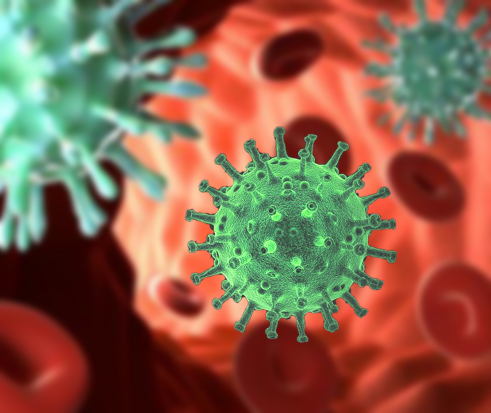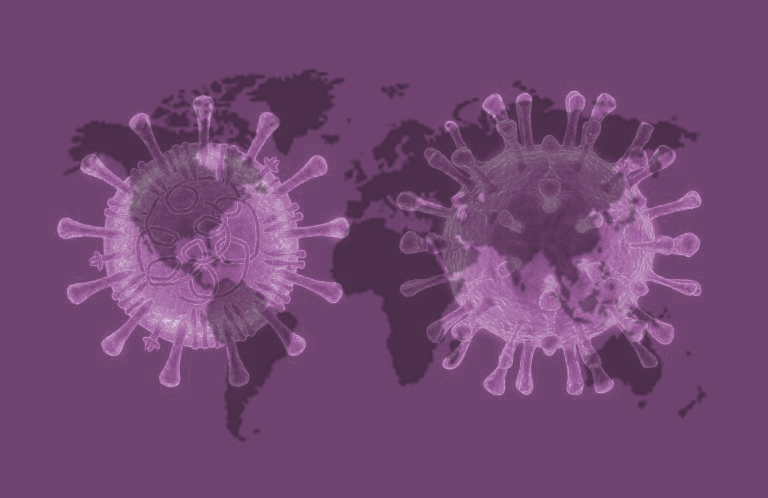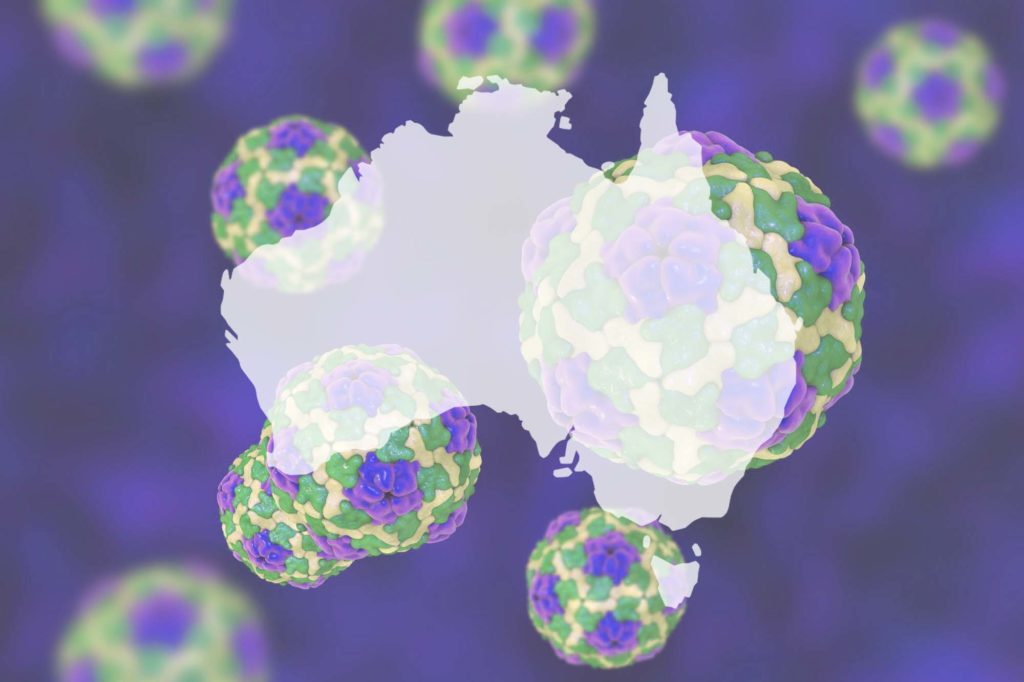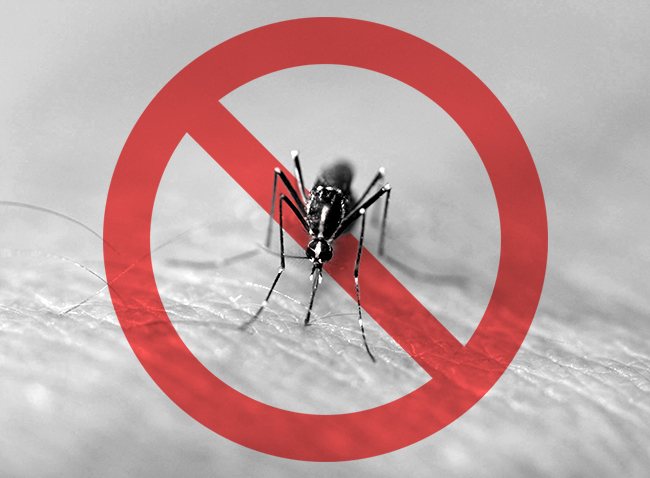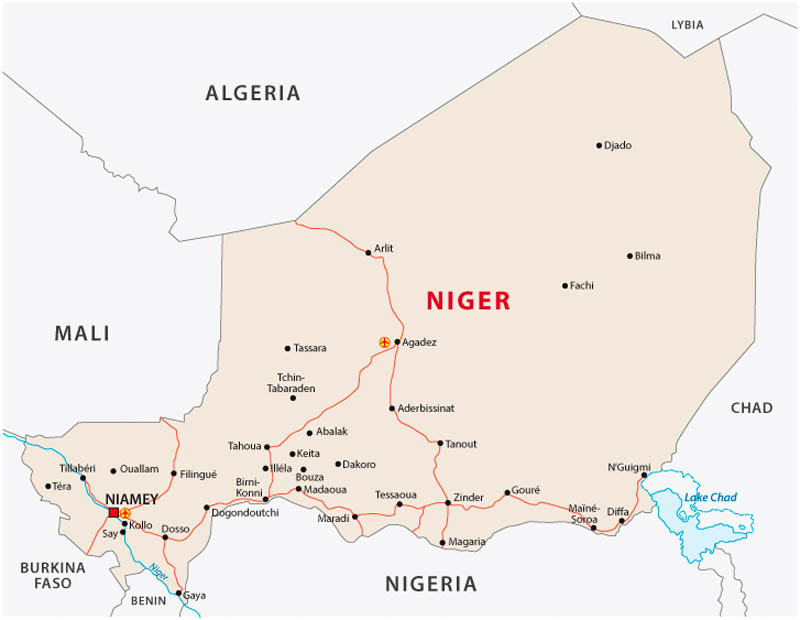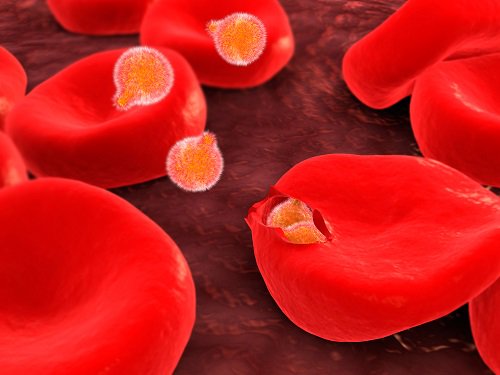The last decades have been characterized by the emergence of a significant number of new agents or just identified, and the reappearance of infectious diseases with a global impact.
Among them there are new agents such as HIV and human variant Creutzfeldt-Jakob disease, re-emerging microorganisms such as those responsible for epidemics of viral haemorrhagic fevers in Africa. Furthermore, the expansion of international travel has made it possible to intensify and expand, sometimes at high speed, infectious agents, such as the recent outbreak of SARS-coronavirus infection.
Another example of an emerging pathogen agent is the West Nile virus, responsible for a disease that was first described in the population of wild animals and then spread in many other animal species, including humans.
12 June 2020
Emerging viral diseases and infectious disease risks
New pathogens and antimicrobial-resistant forms of older pathogens continue to emerge, some with the potential for rapid, global spread and high morbidity and mortality. Pathogens can emerge either through introduction into a new population or when the interaction with the vector changes; emergence is also influenced by microbiological adaptation and change, global travel patterns, domestic […]
4 May 2020
THE IMPACT OF COVID-19 PANDEMIC IN THE HEMOPHILIA COMMUNITY
Cedric Hermans, Alain Weill and Glenn F Pierce have published an article on the impact of COVID-19 pandemic in the hemophilia community (Haemophilia 2020 Apr 4. [Epub ahead of print]). The editorial focuses on the COVID-19 (SARS-COV-2) pandemic as a new global challenge for the hemophilia community. At present, they report, it is impossible to […]
14 February 2020
Statement on the second meeting of the International Health Regulations Emergency Committee regarding the outbreak of novel coronavirus (2019-nCoV)
The second meeting of the Emergency Committee convened by the WHO Director-General under the International Health Regulations (IHR) (2005) regarding the outbreak of novel coronavirus 2019 took place on Thursday, 30 January 2020. China quickly identified the virus and shared its sequence, so that other countries are now able to diagnose it quickly and protect […]
13 February 2020
Transmission of 2019-nCoV Infection from asymptomatic contacts in Europe and USA
Testo abstract:Coronavirus (2019-nCoV) from Wuhan is raising concerns in the health care community as the virus is spreading around the world. After being identified in late December 2019, the number of cases of Coronavirus (2019-nCoV) infections imported from China into other countries is increasing and its epidemiology is changing daily basis. In detail, in the […]
15 January 2020
Blood safety assessment of hepatitis A outbreak linked to frozen pomegranate arils: are foodborne outbreaks an emerging blood safety risk?
Hepatitis A virus (HAV) outbreaks are becoming more common in high-income countries with low HAV incidence, and the associated blood safety risk may not be adequately controlled by routine HAV risk mitigation strategies. The current research describes the rapid risk modeling undertaken in response to a 2018 HAV outbreak in Australia secondary to imported frozen […]
18 November 2019
Resolution by deep sequencing of a dual hepatitis E virus infection transmitted via blood components
Hepatitis E virus (HEV) is a zoonotic infection, with consumption of processed pork products thought to be the major route of transmission in England. The clinical features of HEV infection range from asymptomatic infection to mild hepatitis to fulminant liver failure. Persistent, chronic hepatitis is increasingly recognized in immunocompromised patients. Infection via HEV-containing blood components […]
18 November 2019
Probable transfusion transmission of West Nile virus from an apheresis platelet that screened non-reactive by individual donor-nucleic acid testing
The article published on Transfusion describe a probable case of fatal TT-WNV infection from an individual donor (ID)-NAT non-reactive apheresis platelet donation. Despite West Nile virus screening using nucleic acid testing (NAT), donors with low viral loads not detected by mini-pool-NAT have led to transfusion transmitted (TT)-WNV infection. An apheresis platelet donation was transfused during […]
27 August 2018
An early start of West Nile virus seasonal transmission: the added value of One Health surveillance in detecting early circulation and triggering timely response in Italy, June to July 2018.
Abstract In Italy, the 2018 West Nile virus transmission season started early with a high number of cases reported. One-Health surveillance, within the Italian West Nile national preparedness and response plan, detected viral circulation 9 days before symptom-onset of the first confirmed human case; triggering timely implementation of blood and transplant safety measures. This is […]
23 May 2018
Viruses are not always harmful…
A study on gene therapy in beta-thalassemia was recently published in the New England Journal of Medicine, a genetic disease characterized by severe anemia that until now could only be treated by transfusion or bone marrow transplantation. In this study, the patients’ haematopoietic stem cells were taken and infected with a harmless virus called lentivirus, […]
19 January 2018
Widespread activity of multiple lineages of Usutu virus in western Europe in 2016
Usutu virus (USUV) is a flavovirus originally isolated in South Africa from Culex neavei mosquito. It was identified in Europe in 1996 as the pathogen causing the death of Turdus merula birds in Italy. The transmission seems to be boosted by specific temperatures which, on the one hand, stimulates vector (mosquito) reproduction and, on the […]
13 November 2017
Chikungunya: an emerging and spreading arthropod-borne viral disease
The virus causing Chikungunya disease was identified over 50 years ago; however, because the disease appeared only in developing countries, little research on it has been done. Research interest in the disease increased after an important epidemiological outbreak occurred in 2005 on the French metropolitan island of La Reunion located in the south-eastern part of […]
25 September 2017
Identified the virus strain of Chikungunya responsible for outbreak in Italy
The Spallanzani Institute has isolated the Chikungunya virus strain responsible for the infection in Lazio. It has been denominated CHIKV / ITA / Lazio-INMI1-2017. The virus was characterized on a molecular basis. The sequence has been deposited at the National Center for Biotechnology Information, National Institute of Health, USA, and will soon be accessible to […]
22 September 2017
Chikungunya in Italy. The WHO warns: alert to mosquitoes in Italy
WHO, the World Health Organization, has issued a Web-based statement warning foreign tourists of the risk of contracting Chikungunya infection in Italy, where 76 cases have already been registered. The document (see attachment) contains a number of tips on how to protect against mosquito bites, responsible for virus transmission.
4 September 2017
Dengue, West Nile virus, chikungunya, Zika-and now Mayaro?
Emerging arbovirus infections have become a new normal for the Americas in the last 15 years. As we think about public health emergency preparedness and the Global Health Security Agenda for 2017, we now need to add Mayaro virus infection to the growing list of emerging arbovirus diseases. Mayaro virus is an alphavirus and a […]
11 April 2017
Risk of transfusion-transmitted chikungunya infection and efficacy of blood safetyimplementation measures: experience from the 2009 epidemic in Songkhla Province, Thailand
BACKGROUND: To date, neither is there a standard guideline for maintaining a safe blood supply during a chikungunya fever (CHIKF) outbreak nor has a study been performed on actual transfusion-transmitted CHIKF to recipients. This study estimated the potential incidence of transfusion-transmitted CHIKF and compared the efficacies of various blood safety intervention strategies to mitigate the transfusion-transmitted CHIKF risk. STUDY […]
7 December 2016
Detection of emergent strains of West Nile virus with a blood screening assay
West Nile virus (WNV) can be transmitted by transfusion of blood products, and can become a threat to transfusion safety. WNV Kunjin strain (WNVKUN) is endemic across parts of Australia; however, human infection is believed to be infrequent and is often associated with relatively minor symptoms. A virulent strain, closely related to WNVKUN (termed WNVNSW2011) […]
15 November 2016
Rift Valley Fever (RVF)
Rift Valley fever (RVF) is an acute febrile disease affecting ruminants and humans caused by a virus of the genus Phlebovirus. Rarely, the disease can cause hemorrhagic fever and meningoencephalitis. The RVF has been reported in regions of eastern and southern Africa, and more recently in Niger. However, to date, no autochthonous cases or outbreaks […]
16 May 2016
Chikungunya virus epidemics and blood donations
The Chikungunya virus, normally spread by Aedes mosquitoes, has caused several epidemics throughout the Caribbean and Puerto Rico since 2014. This infection is characterized by a fever, and non-specific muscle and joint pain that can persist for months. A recent publication showed that 25% of blood donors seroconverted during these epidemics. This articles outlines that […]




